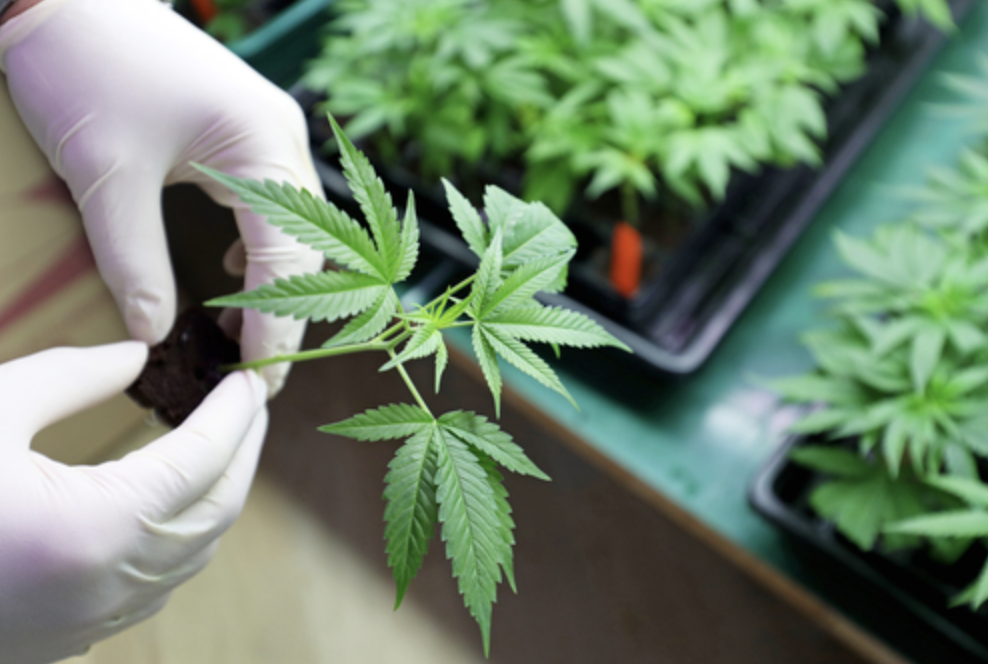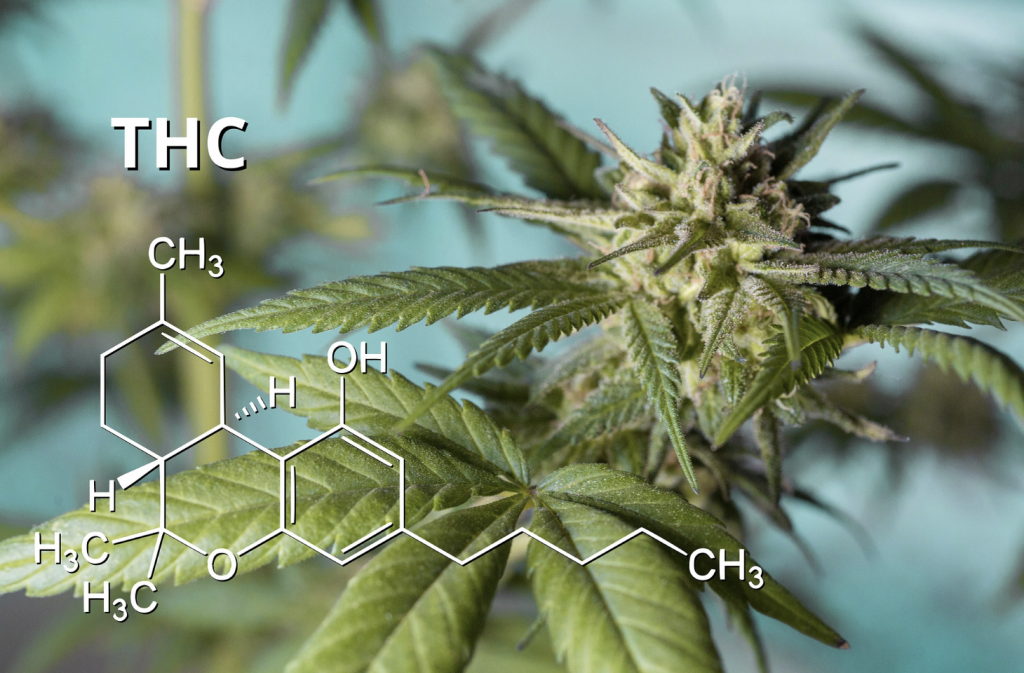
Sickle cell anemia (SCA) has been a dreadful disease that is avoidable if all the necessary precautions are observed. It is a disease of the red blood cells (RBCs) which has no cure but with medications, the symptoms are effectively managed. SCA is an autosomal recessive disease that results from a single point mutation in the hemoglobin gene. This gives the RBC a sickle-shaped structure.
The normal shape of the RBC is round with a depressed center, flexible, and transports oxygen effectively to different parts of the body. The sickle cells are like the crescent moon, rigid and often plug the tiny blood vessels since they can’t squeeze through these vessels. This results in blockage of the vessels and oxygen supply to those tissues are cut off leading to tissue damage and pain. [1]
Sickle is equally distributed between males and females irrespective of economic status. It has been observed that people who live in regions that are endemic to malaria are likely to be carriers. A person is said to have sickle cell anemia when he/she inherits the abnormal hemoglobin from both parents but when only one parent has the abnormal hemoglobin, the child can only have the sickle cell trait. [2]
What causes Sickle cell anemia?
Sickle cell disease (SCD) or sickle cell anemia is caused by a single point mutation in the Beta-globin chain of the hemoglobin molecule. This mutated hemoglobin loses its properties in a normal RBC such as the ability to transport oxygen, squeeze through tiny vessels (flexibility) and live to the expected life span (120 days). These sickle RBCs form crystals which distorts the spherical shape of the RBC giving it a crescent-shaped structure known as Sickle. [3]
Symptoms of sickle cell anemia.
The symptoms of sickle cell anemia present in children as early as 4 months old but have an average peak age of 6 months. The presenting symptoms may vary from one individual to another and irrespective of the type of sickle cell disease. They all have similar symptoms which include: [4]
- Pain – As these sickled RBCs pass through the vessels of the chest, hands, arms and legs, they coalesce together thereby blocking the blood supply to these regions. This leads to tissue ischaemia and damage and presents as pains in those sites. The pains may last for hours to days depending on the site.
- Swelling – This occurs as a result of the vascular damage allowing leakage of fluids to the interstitial spaces and loss of plasma proteins which are in charge of regulating vascular fluid balance.
- Jaundice – Sickle cell anemia also involves the breakdown of Sickled RBCs known as hemolysis. This process causes the release of products of heme (bilirubin) into the bloodstream which give the yellowish color of the sclera and the skin.
- Recurrent infections – SCA can cause damage of the spleen which exposes one to recurrent infections. Also due to the recurrent inflammatory processes in an SCD patient, there is decreased level of circulating white blood cells (WBCs) in the bloodstream thus predisposing them to infection.
- Anemia – The sickle cells have short lifespans and are easily damaged both in the spleen and as they squeeze through tiny blood vessels. This leads to the low circulating levels of RBCs and the resulting anemia.
- Visual problems – Sickled cells can block the tiny retinal vessels which provide nutrients to the retina. This can lead to damage of the retina and vision loss.
- Delayed growth and puberty – The red blood cells play a vital role in the development and growth. They supply different tissues and organs with oxygen and nutrients needed for growth and maturation and when these cells are defective, the organs and tissues
Medical cannabis and sickle cell anemia
The most common problem in SCD patients is neurogenic pain which may result from vascular injury, tissue ischaemia or inflammation. The use of Cannabinoids for sickle cell anemia has been justified due to its anti-inflammatory effects and protection of tissues from Ischemic injury. Cannabinoids act through two major receptors, cannabinoid receptor 1 (CB1R) and cannabinoid receptor 2 (CB2R), which are both found abundant in the central nervous system and the non-central nervous system which includes the inflammatory cells. [5]
There two major plant-derived cannabinoids that exert their actions on the cannabinoid receptors are THC and CBD. Inside the human system, there are endogenous cannabinoids which also possess the exact effects of the plant-derived cannabinoids. The cannabinoids, the receptors and their respective degrading enzymes all act together to form the Endocannabinoid System (ECS). [6]
Relieves pain – In SCD, due to the point mutation of the hemoglobin gene, the red blood cells take the shape of a sickle which promotes the cell’s clumping. This chest pain may migrate to vaso occlusive crises whereby the blood supply and oxygen supply are greatly reduced or even ceased. Till now, the exact mechanism of action of cannabinoids in relieving the pains associated with SCA is still unclear.
The ongoing inflammation, hemolysis of sickle RBCs, hypoxia and reperfusion injury and mast cell activation is believed to be the major triggers for the activation of nociceptors in both the central and the peripheral nervous system. There is a continuous neuronal activation which in turn leads to neuro inflammation in the peripheral nerves increasing the sensitization of these tissues to pain. Studies have now shown that cannabinoids can inhibit these processes thus modulating the CNS activities that bring about pains in SCA or even inhibit the pain receptors directly. [6]
Wound healing – Delayed wound healing in SCD patients may result from several mechanisms such as occlusion of vessels by the Sickled RBCs thereby reducing blood supply to the wound site, leukocyte trafficking and adhesions, stress and neurogenic inflammation. Cannabinoids have been observed to modulate these factors by their anti-inflammatory effects and these are mediated through the CB1 and CB2 receptors. [6]

Study Results:
A study conducted on 23 patients with sickle cell disease related pain in a double-blind, placebo controlled, randomizer trial, to assess the effect of cannabis on pain management in SCD patients. After a month, the participants were assessed for pain levels.
It was observed that the pain level among the participants reduced significantly. The pain was also reported to have reduced as the time went by and this was noticed among the participants on cannabis in comparison to the placebo. However, it was noted that there was no significant difference between the placebo group and the participants on Cannabis. [7]
How To Get Your Medical Marijuana Recommendation Online
In order to get your medical marijuana certification, or mmj rec, online you can sign up on FadeMD. Simply create a username and password, enter your payment information and answer some basic questions about your medical history and then you will be able to schedule an appointment with a licensed medical practitioner in your state. Depending on your state, cannabis patients will also have to apply with their state’s medical cannabis program. You will use the mmj certification that you received to complete your medical cannabis card application. Once approved you will be able to purchase medical marijuana from your local marijuana dispensaries.
The way forward
There has not been a conclusive statement on the use of medical cannabis in the management of sickle cell anemia but there have been successful clinical trials that have reignited the hope of having a better and safer alternative drug for chronic neuropathic pain management for Sickler’s.
Therefore, more clinical trials are encouraged which will be aimed at investigating the exact mechanism of action of these substances in helping with and other symptoms of sickle cell anemia.
Disclaimer: The information, including but not limited to, text, graphics, images and other material contained in this article are for informational purposes only. No material from this article is intended to be a substitute for professional medical advice, diagnosis or treatment.
Always seek the advice of your physician or other qualified health care provider with any questions you may have regarding a medical condition or treatment and before undertaking a new health care regimen. Never disregard professional medical advice or delay in seeking it because of something you have read on this website.
References:
- https://www.healthline.com/health/sickle-cell-anemia
- https://my.clevelandclinic.org/health/diseases/4579-sickle-cell-anemia
- https://pubmed.ncbi.nlm.nih.gov/10872477/#:~:text=Sickle%20cell%20disease%20is%20caused,is%20complex%20and%20poorly%20understood
- https://www.mayoclinic.org/diseases-conditions/sickle-cell-anemia/symptoms-causes/syc-20355876
- https://www.ncbi.nlm.nih.gov/pmc/articles/PMC5004356/
- https://www.mdpi.com/2077-0383/9/12/3902/htm
- https://www.google.com/amp/s/www.labroots.com/trending/cannabis-sciences/18163/cannabis-relieve-pain-sickle-cell-disease/amp
